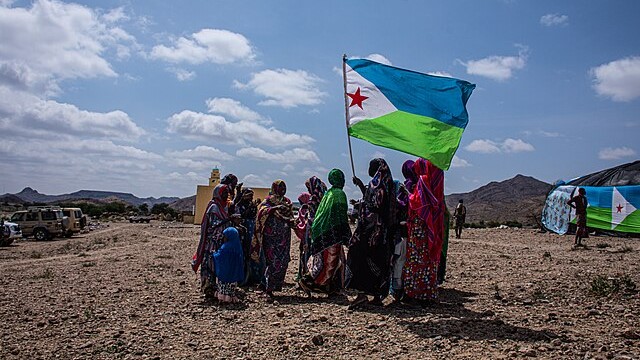In the markets of Djibouti City, the hum of conversation flows in multiple tongues—Somali, Afar, French, and Arabic—interlacing like threads in a woven mat. The cadence of bargaining, the greetings exchanged across crowded stalls, and the melodic rise and fall of these languages create an auditory portrait of a nation shaped by centuries of migration, trade, and adaptation.
Djibouti, a small yet strategically placed country in the Horn of Africa, is home to a linguistic and cultural mosaic. Somali and Afar remain the primary languages spoken by its diverse population, while French, a legacy of colonial rule, and Arabic, rooted in religious and historical ties to the wider Islamic world, are also in daily use. Together, they reflect both the resilience of local traditions and the country’s openness to outside influences.
The blend of African, Arab, and European heritage is evident not only in speech but in the rhythms of daily life. On city streets, aromas drift from open-air kitchens serving skud, a rich meat and vegetable stew, and fah-fah, a lentil-based soup with a distinctive coastal flair. These dishes trace their lineage to ancient trade routes that brought spices, grains, and culinary techniques from across the Red Sea and the Indian Ocean.
Music and dance remain vital markers of identity. The shaash—a traditional performance combining instrumental rhythms with lyrics steeped in social commentary—echoes across weddings, community gatherings, and festivals. Movements and melodies are passed from one generation to the next, binding the present to the past in ways both subtle and profound.
Festivals punctuate the calendar, offering a stage for the country’s traditions to flourish. During Eid, the streets fill with color: homes are adorned, special prayers fill the mosques, and families gather to share elaborate meals. These communal moments underscore values central to Djiboutian society—solidarity, hospitality, and the reaffirmation of cultural bonds.
Even as modernity reshapes the nation, its cultural roots remain firmly embedded. Younger generations navigate a world of smartphones and social media while maintaining ties to ancestral languages and customs. The transmission of these traditions is neither nostalgic nor static; it is adaptive, ensuring survival in an era of rapid change.
In Djibouti, language and tradition are not relics of a bygone era, but living, evolving forces—shaping identity, reinforcing community, and offering continuity amid transformation.
Sources:
- Ministry of Culture and Communication, Republic of Djibouti. Cultural Policy Framework, 2021.
- UNESCO. “Multilingualism and Cultural Heritage in the Horn of Africa.” UNESCO Cultural Reports, 2022.
- Abdi, Hassan. “Music, Memory, and Identity in Djibouti.” Horn of Africa Review, vol. 9, no. 1, 2020, pp. 34–51.


